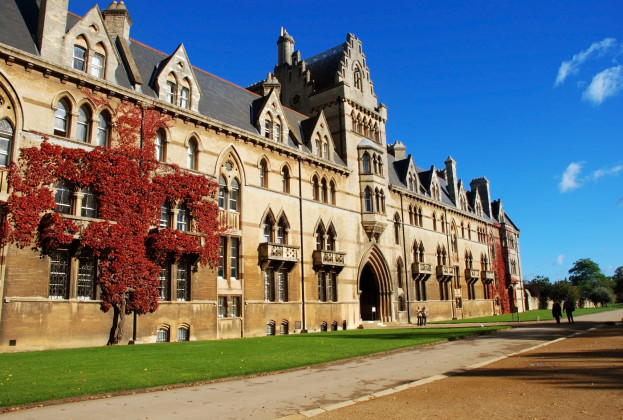Practicum Summary:
Human Trafficking in Nepal
Santosh’s practicum focuses on human trafficking in Nepal, which was started by the Rana regime when they began bringing girls from neighboring districts and Kathmandu valley for sexual exploitation as domestic workers. Gradually, this exploitation has expanded to include internal, cross-border, and international levels of trafficking, with trends shifting from forced prostitution to organ transplantation. To collect information, Santosh used participatory tools such as questionnaires and interviews to identify the community attitudes regarding human trafficking victims of 24 respondents from the Bhaise Village Development Committee in the Makwanpur District. Santosh’s primary objective was to discover the details of trafficking in the region, and to identify the underlying causes of the practice. The study found that human trafficking occurred due to the lack of employment opportunities and resulting low incomes, which make it difficult, specifically for women and children, to live a comfortable life. It was also discovered that the traffickers are primarily relatives of those being exploited, even their immediate family members. Other contributing factors to trafficking include infertile land, lack of education, and poor irrigation, leading to limited income opportunities and a limited food supply. Thousands of women and children are trafficked to India each year, which serves as either a destination for those seeking prostitution, or a transit route for trafficking in the Gulf States and South-East Asia. In order to reduce instances of human trafficking, Santosh recommends educating foreign governments on the situation, and providing income generating activities for vulnerable community members.

